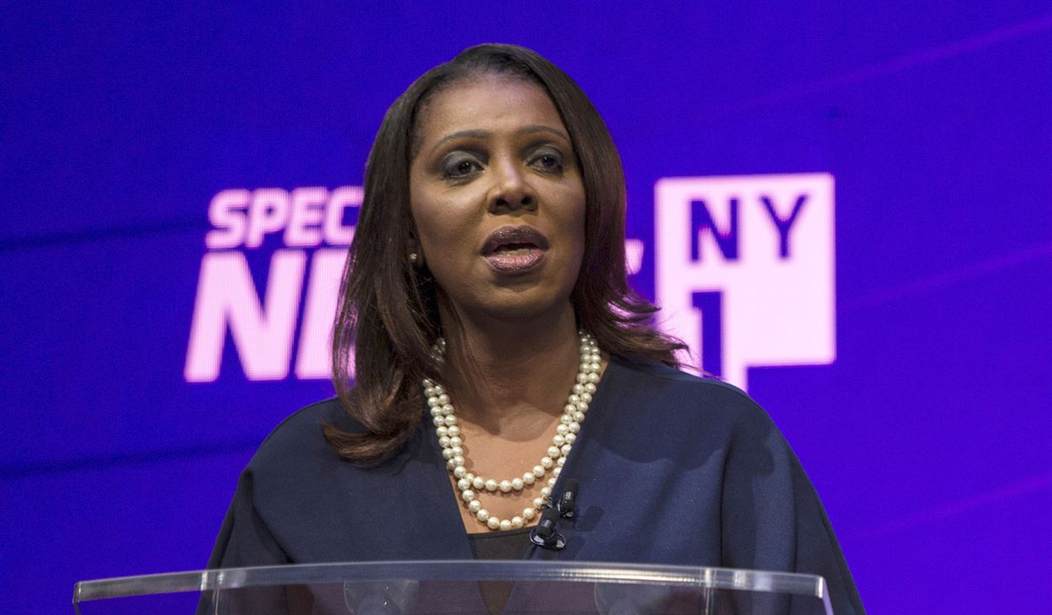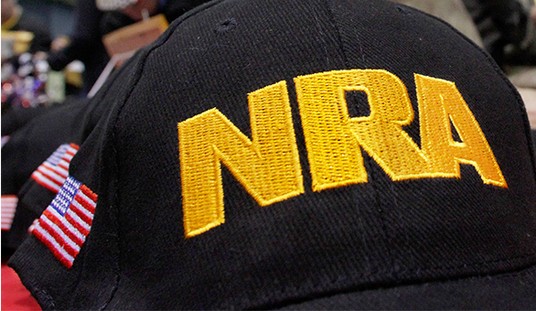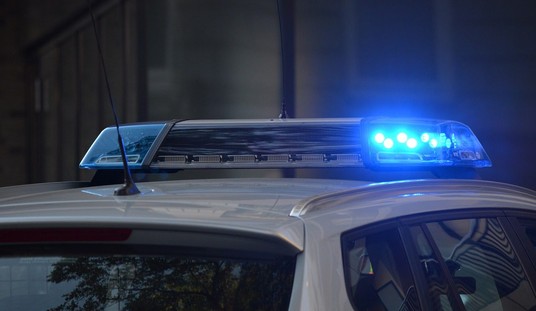New York Attorney General Letitia James is asking the Second Circuit Court of Appeals to overturn a federal judge’s decision to halt enforcement of many aspects of the state’s new Concealed Carry Improvement Act, arguing that there’s a “serious risk of irreparable harm to public safety and the possibility of regulatory chaos” if U.S. District Judge Glenn Suddaby’s decision to grant a temporary restraining order is allowed to take effect.
Suddaby’s ruling left intact, at least for now, the draconian training requirements imposed by the state in the wake of the Supreme Court’s decision in New York State Rifle & Pistol Association v. Bruen, but barred enforcement of most of the state’s new “sensitive places” where guns are banned, as well as many of the other requirements mandated for those applying for a concealed carry permit; turning over social media accounts and informing authorities of all other family members living with the applicant among them.
In her request to the Second Circuit, James claims that if the appeals court allows the TRO to take effect, the result will be massive confusion over the status of the law, which might be true but pales in significance compared to the daily deprivation of the right to keep and bear arms that the CCIA has enabled.
Exposing eighteen million New Yorkers to a heightened risk of gunfire severely outweighs any prejudice to plaintiffs here from a stay.Five plaintiffs allegedly wish to carry guns into specific sensitive or restricted places, such as the Rosamond Gifford Zoo, the airport for a flight to Tennessee, the church where one plaintiff lives, or Catskills State Park, through which another plaintiff must drive.Yet the district court restrained defendants from enforcing the challenged CCIA provisions on a statewide basis, as applied to anyone — a remedy far beyond what relates to the individual harms alleged.
“We just haven’t been accepting applications since the new law has taken effect. Number one, the state has already changed the application that they originally came out with once. You know, to keep processing stuff that’s not even right to begin with. So at this point basically what it is is that we’re waiting for clarification from both the state and the judge,” said Santamoor.
As New York’s gun laws work their way through the courts, gun shop owner Matt Pinkerton is frustrated, believing the new laws were flawed from the start.
“I completely understand why the permit process would be slowed or halted at this point because the governor has put into place a system that is very logistically difficult to enact,” he said.
For New York lawmakers, the confusion isn’t a bug, but a feature of the new law meant to artificially depress the number of citizens exercising their right to carry a firearm in self-defense.
James offered no real historical analogues to the sweeping number of locations deemed “sensitive” and off-limits to concealed carry. Instead, she argues to the Second Circuit that it’s the plaintiffs themselves who had the burden of showing that the Second Amendment’s text and tradition “plausibly encom-passed any of these areas.” In a bit of circular logic, James claims that once a state has declared a location to be a “sensitive place”, it should automatically be presumed to be justified.
Carrying weapons in sensitive places has traditionally been “altogether prohibited.” These areas thus fall outside the “scope of the Second Amendment,” and are “an exception to the general right to bear arms” codified therein.
The question, of course, is whether New York is violating the Second Amendment rights of its residents by declaring broad swathes of the state to be “gun-free zones.” Under James’s argument, once the state has deemed a particular location to be “sensitive”, it automatically falls outside of the Second Amendment’s protections; a nice trick, but one that flies in the face of what the Supreme Court actually said in Bruen.
James also takes issue with how Suddaby determined that many of the state’s “sensitive places” don’t have similar analogues in U.S. history.
Second, the court’s analogies were flawed—none more so than for barring weapons on mass transit, which the court held to be inconsistent with nineteenth-century laws authorizing carrying pistols when “‘on a journey.’” Old and new regulations may be “relevantly similar” in many ways.
Comparing hurtling through tunnels in electrically powered cars filled with thousands of people (including schoolchildren and the elderly) to journeying via horse through the countryside is like saying that “a green truck and a green hat are relevantly similar” because both are green.









Join the conversation as a VIP Member